- Have any questions?
- +86-189 8930 5995
- sales@mosinterchem.com.cn
Vitamin A CAS 11103-57-4 68-26-8

Pregnant mare serum gonadotropin CAS 9002-70-4
20/12/2018
VB12 CAS 68-19-9
20/12/2018| Model: | MOS 11103-57-4 68-26-8 |
| Brand Name: | MOSINTER |
| CAS No.: | 11103-57-4 68-26-8 |
| Name: | Vitamin A |
| Molecular formula: | C19H19N7O6 |
| Molecular weight: | 441.4 |
| Melting point: | 250 °C |
Vitamin A (CAS: 11103-57-4 68-26-8)
| ITEM | SPECIFICATION | INDEX |
| Description | Yellowish or tan particles | Complies |
| Solubility | Are soluble in water | Complies |
| Identification | Complies | Complies |
| Particle Size | All pass through the sieve of 20 mesh | Complies |
| Loss on Drying | ≤5.0% | 3.9% |
| Assay | 90.0% ~ 120.0%
(450,000~600,000 IU/G) |
102.5%
(512,500 IU/G) |
Vitamin A is a group of unsaturated nutritional organic compounds, that includes retinol, retinal, retinoic acid, and several provitamin A carotenoids, and beta-carotene.Vitamin A has multiple functions: it is important for growth and development, for the maintenance of the immune system and good vision. Vitamin A is needed by the retina of the eye in the form of retinal, which combines with protein opsin to form rhodopsin, the light-absorbing molecule necessary for both low-light (scotopic vision) and color vision.
In foods of animal origin, the major form of vitamin A is an ester, primarily retinyl palmitate, which is converted to retinol (chemically an alcohol) in the small intestine. The retinol form functions as a storage form of the vitamin, and can be converted to and from its visually active aldehyde form, retinal.
All forms of vitamin A have a beta-ionone ring to which an isoprenoid chain is attached, called a retinyl group. Both structural features are essential for vitamin activity. The orange pigment of carrots (beta-carotene) can be represented as two connected retinyl groups, which are used in the body to contribute to vitamin A levels. Alpha-carotene and gamma-carotene also have a single retinyl group, which give them some vitamin activity. None of the other carotenes have vitamin activity. The carotenoid beta-cryptoxanthin possesses an ionone group and has vitamin activity in humans.
Equivalencies of retinoids and carotenoids (IU)
As some carotenoids can be converted into vitamin A, attempts have been made to determine how much of them in the diet is equivalent to a particular amount of retinol, so that comparisons can be made of the benefit of different foods. The situation can be confusing because the accepted equivalences have changed. For many years, a system of equivalencies in which an international unit (IU) was equal to 0.3 μg of retinol, 0.6 μg of β-carotene, or 1.2 μg of other provitamin-A carotenoids was used. Later, a unit called retinol equivalent (RE) was introduced. Prior to 2001, one RE corresponded to 1 μg retinol, 2 μg β-carotene dissolved in oil (it is only partly dissolved in most supplement pills, due to very poor solubility in any medium), 6 μg β-carotene in normal food (because it is not absorbed as well as when in oils), and 12 μg of either α-carotene, γ-carotene, or β-cryptoxanthin in food.
Newer research has shown that the absorption of provitamin-A carotenoids is only half as much as previously thought. As a result, in 2001 the US Institute of Medicine recommended a new unit, the retinol activity equivalent (RAE). Each μg RAE corresponds to 1 μg retinol, 2 μg of β-carotene in oil, 12 μg of “dietary” beta-carotene, or 24 μg of the three other dietary provitamin-A carotenoids.
Retinol, the form of vitamin A absorbed when eating animal food sources, is a yellow, fat-soluble substance. Since the pure alcohol form is unstable, the vitamin is found in tissues in a form of retinyl ester. It is also commercially produced and administered as esters such as retinyl acetate or palmitate.
The carotenes alpha-carotene, beta-carotene, gamma-carotene; and the xanthophyll beta-cryptoxanthin (all of which contain beta-ionone rings), but no other carotenoids, function as provitamin A in herbivores and omnivore animals, which possess the enzyme beta-carotene 15,15′-dioxygenase which cleaves beta-carotene in the intestinal mucosa and converts it to retinol. In general, carnivores are poor converters of ionone-containing carotenoids, and pure carnivores such as cats and ferrets lack beta-carotene 15,15′-dioxygenase and cannot convert any carotenoids to retinal (resulting in none of the carotenoids being forms of vitamin A for these species).
You must be logged in to post a review.

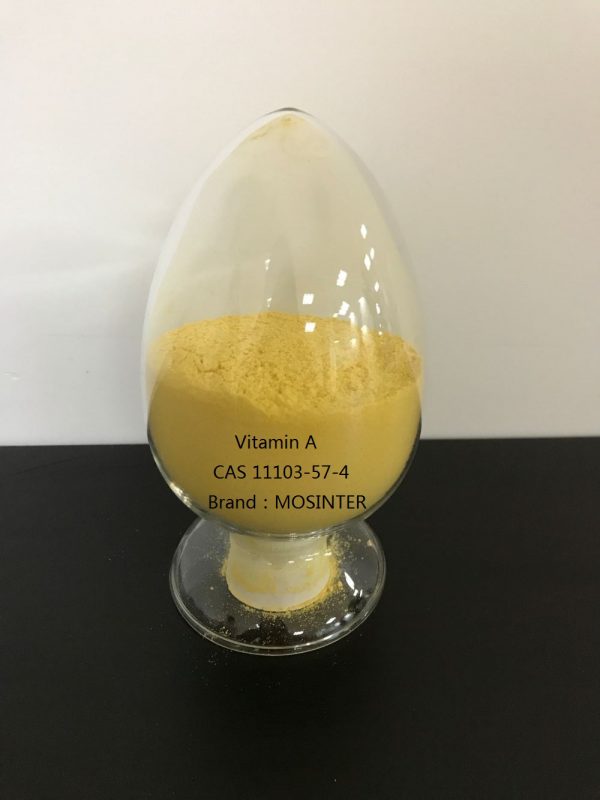
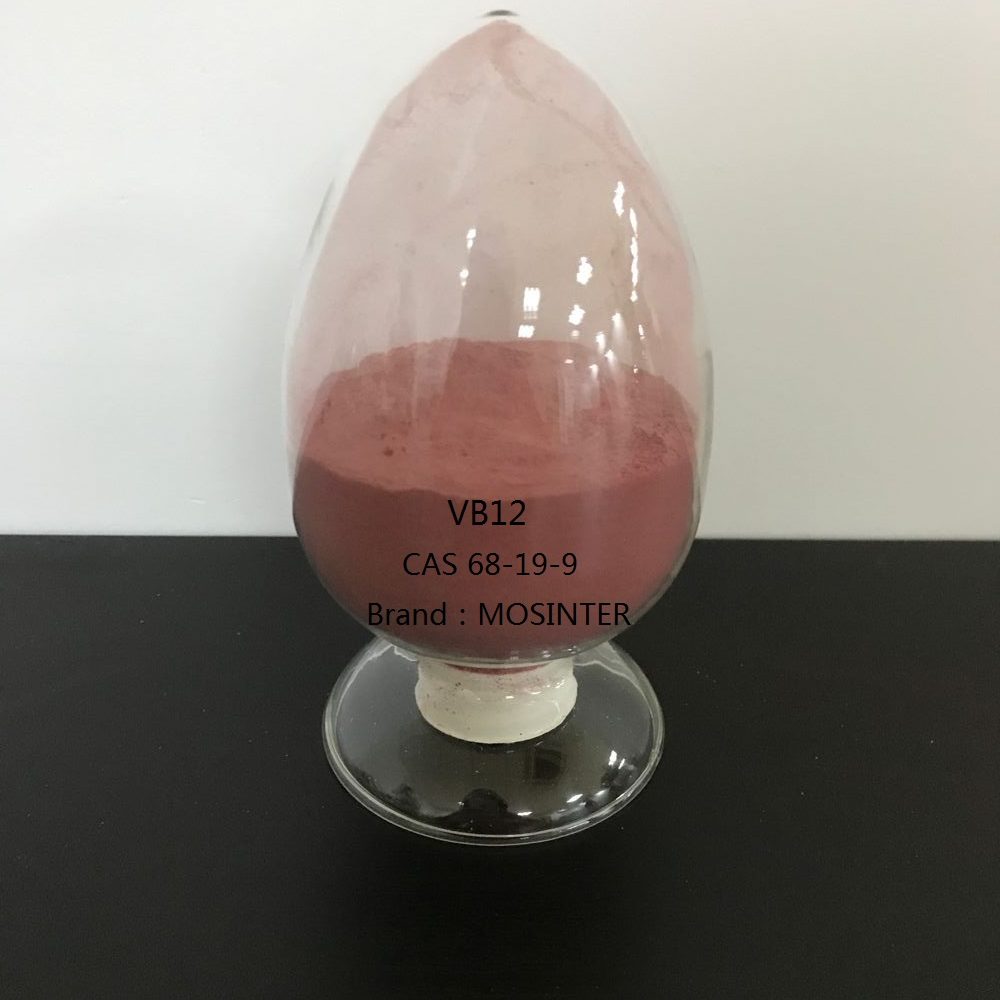
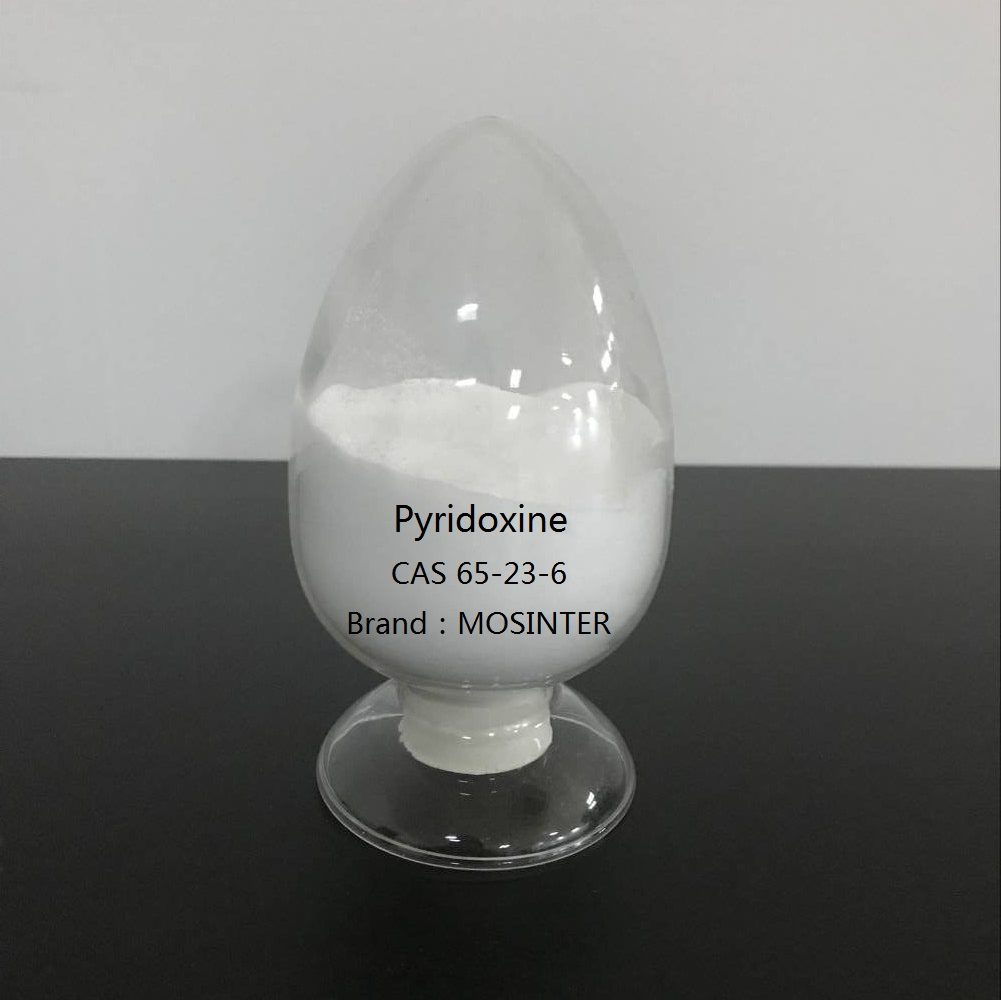
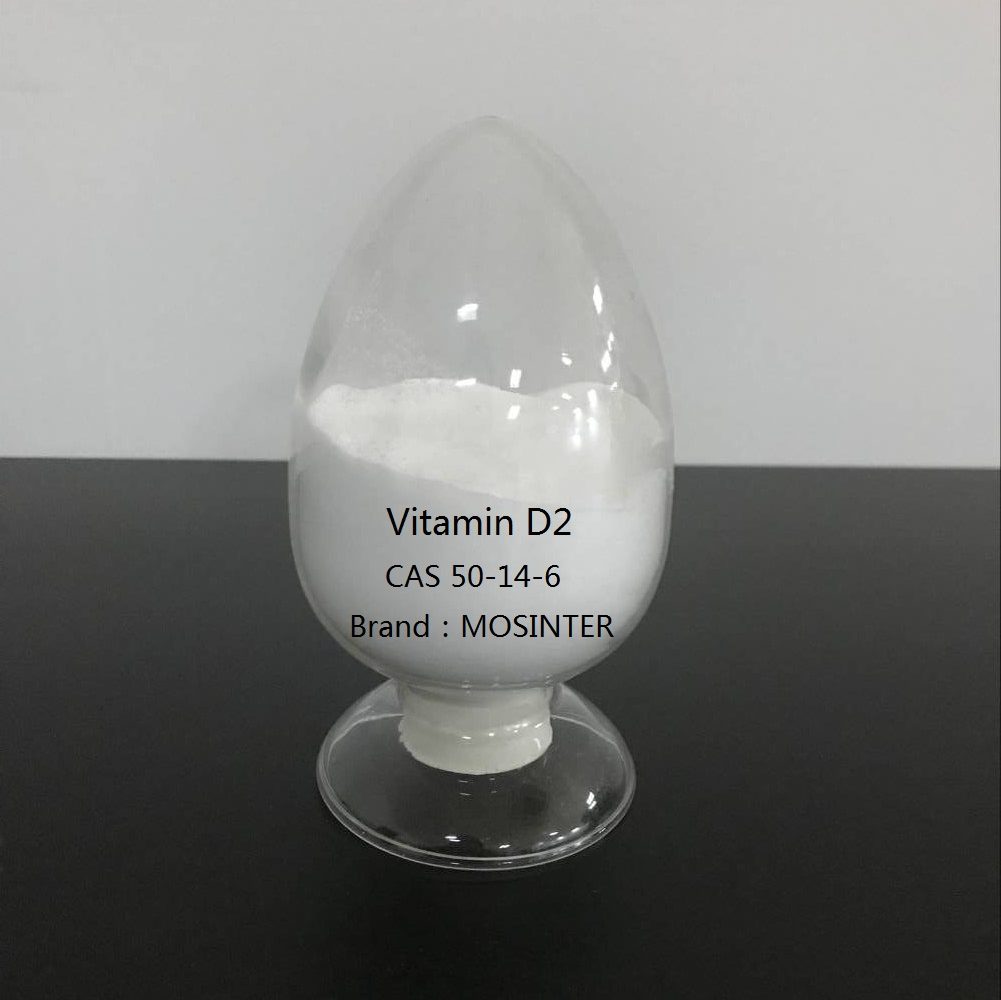
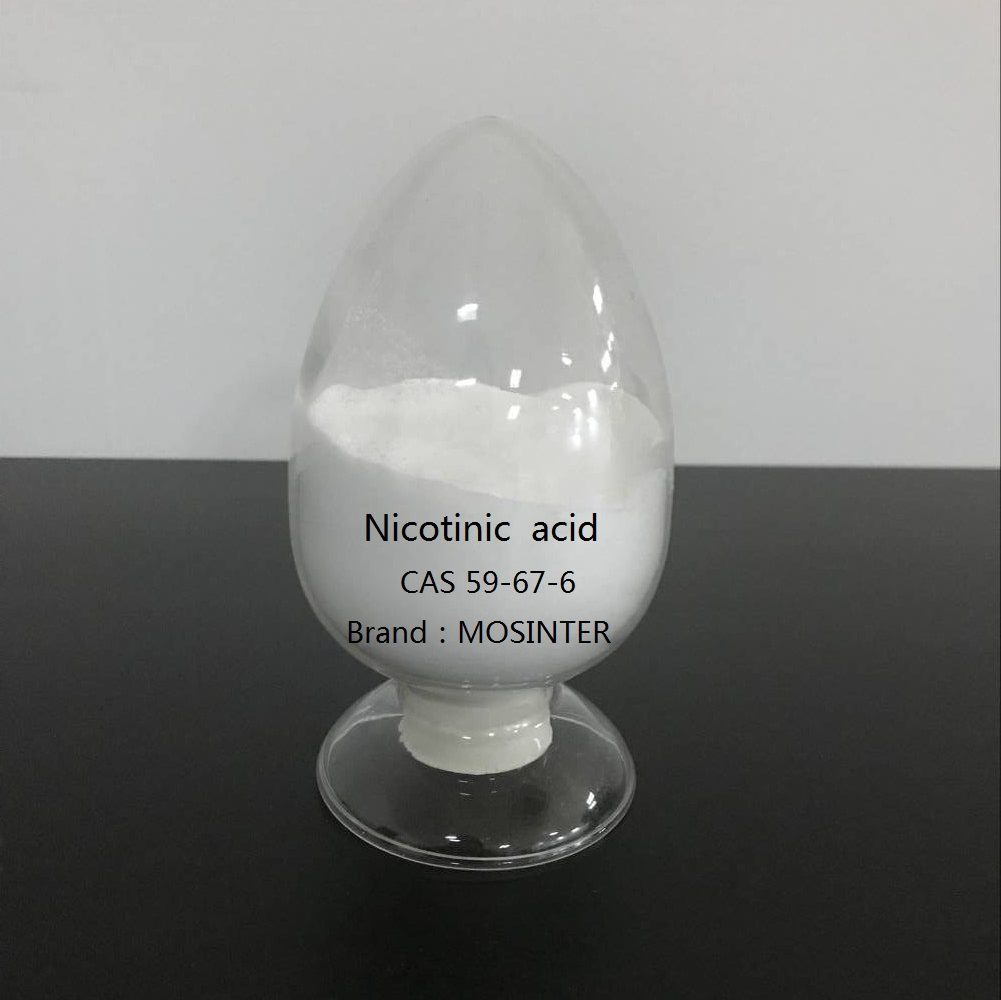
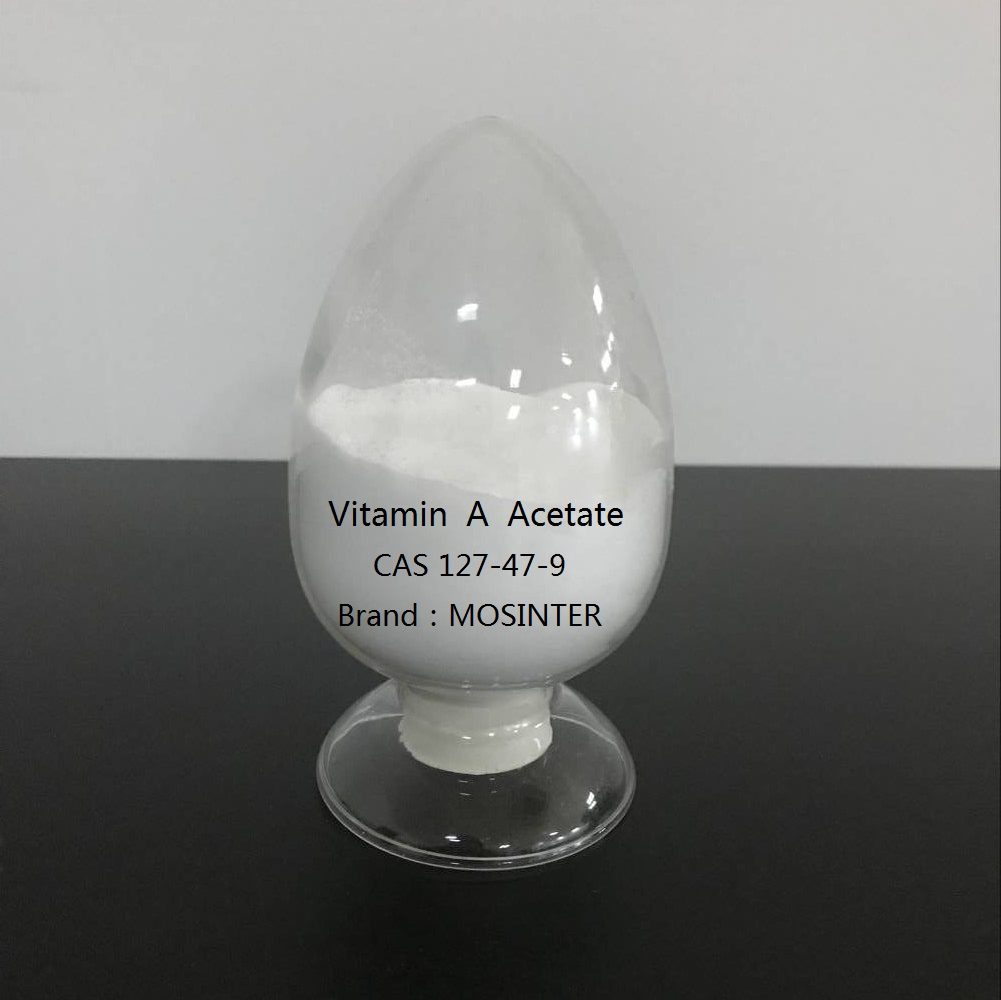
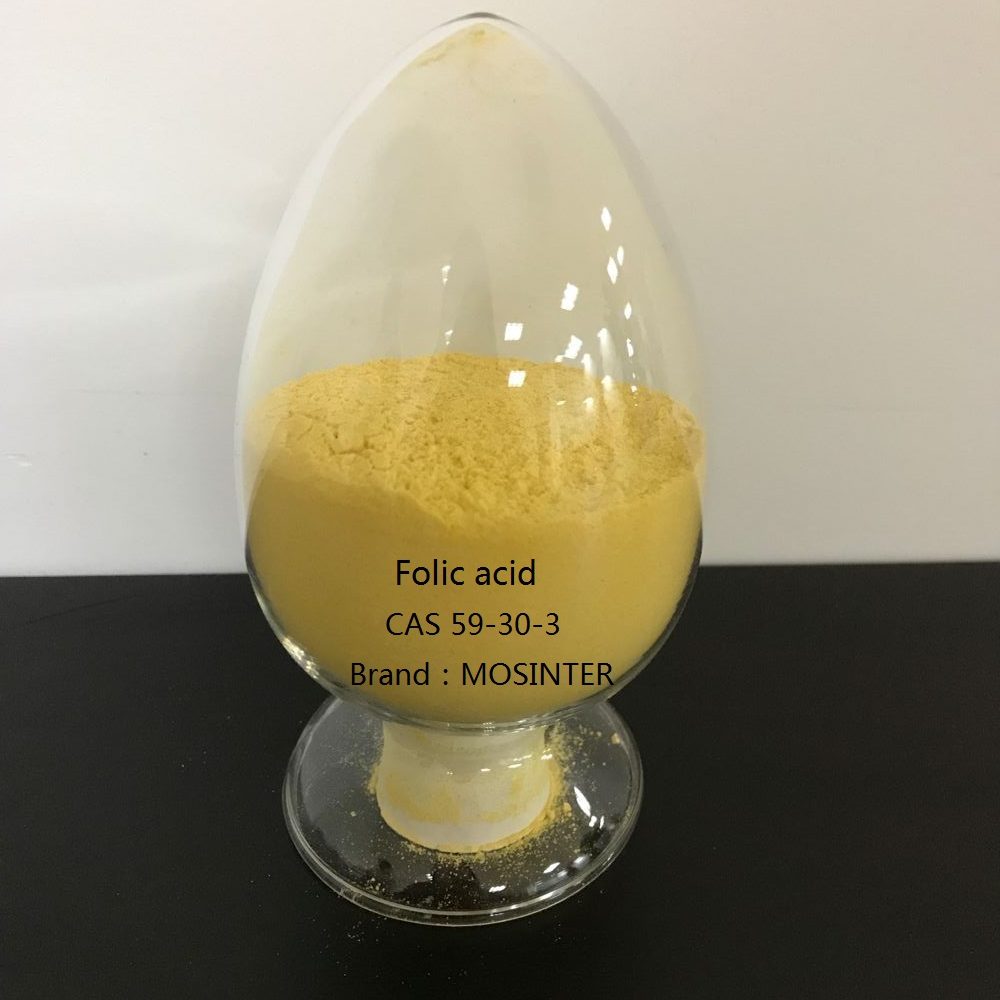
Reviews
There are no reviews yet.